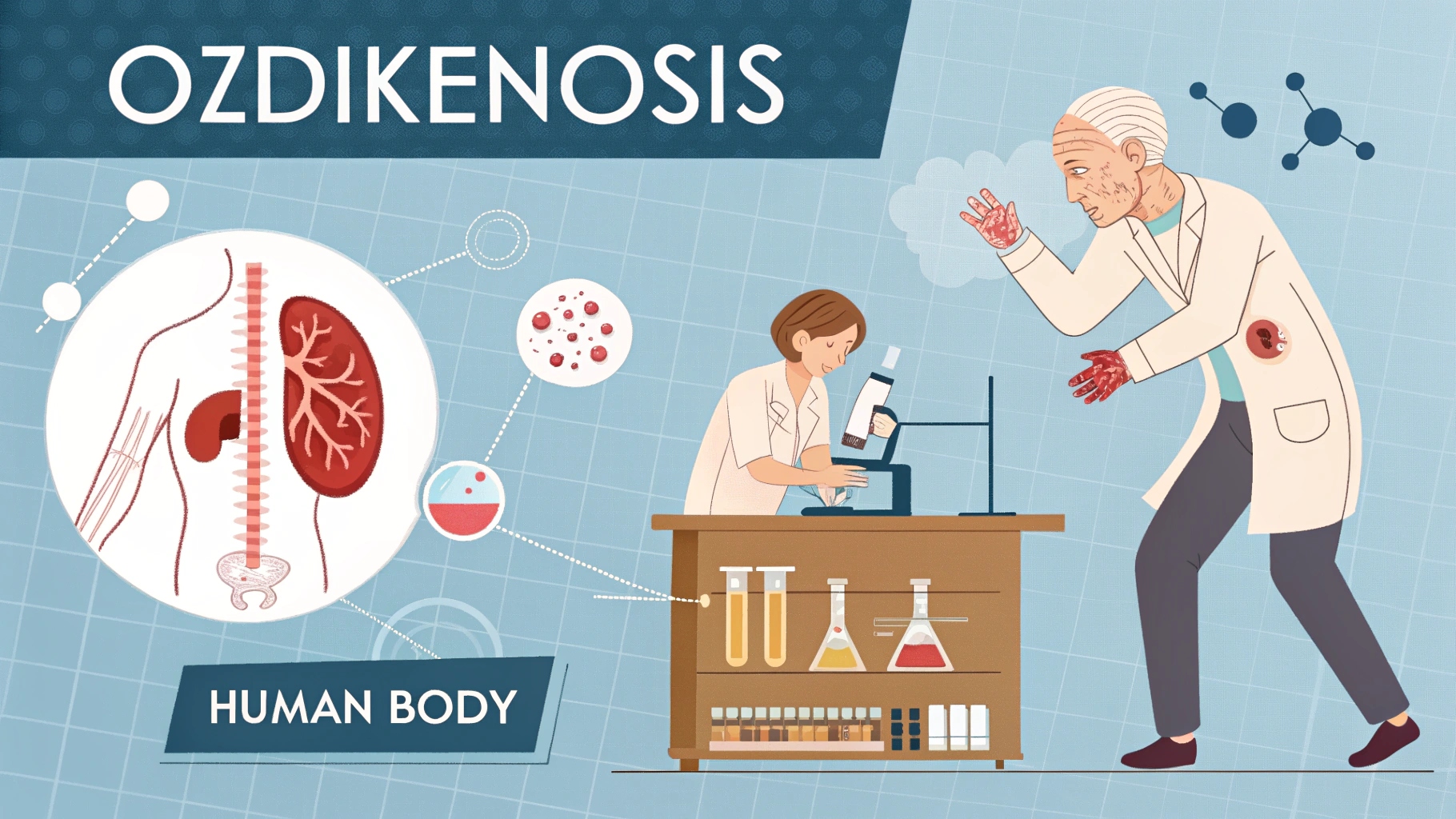Ozdikenosis is a term that has recently sparked curiosity and concern among internet users. Despite its growing mentions, there is no scientific or medical evidence supporting its existence.
Many people are questioning whether it is a real disease, a hoax, or a misunderstood condition. The lack of credible sources has led to speculation and misinformation spreading online. Some claim it has fatal consequences, while others dismiss it as fictional.
This article explores the origins of the term, possible misconceptions, and the truth behind Ozdikenosis.
What is Ozdikenosis?
Ozdikenosis is an emerging term that has gained attention online, but there is no medical or scientific basis for its existence. It does not appear in any official disease databases or medical literature. The origins of the term remain unclear, leading to speculation and misinformation. Some sources claim it has fatal effects, but no credible evidence supports these claims. It may be a fabricated concept, an internet hoax, or a misinterpretation of an existing condition. Further research is needed to determine whether Ozdikenosis has any real significance.
How Does Ozdikenosis Become Fatal?
The fatality of ozdikenosis is due to a combination of progressive organ damage, immune system complications, and metabolic dysfunction. Here’s how it leads to death:
1. Cardiovascular Complications
One of the most severe impacts of ozdikenosis is on the heart and blood vessels. The disease causes thickening of arterial walls, increasing the risk of heart attacks, strokes, and aneurysms. Irregular heart rhythms (arrhythmias) and heart failure are also common in advanced stages.
2. Respiratory Failure
Ozdikenosis affects lung tissue, leading to reduced oxygen exchange, fibrosis, and pulmonary hypertension. Patients may experience shortness of breath, chronic lung infections, and, ultimately, respiratory failure.
3. Neurological Deterioration
As the disease progresses, it can impact the central nervous system. Neurodegenerative effects lead to memory loss, impaired motor function, and seizures. Brain inflammation and oxygen deprivation further accelerate fatal outcomes.
4. Liver and Kidney Damage
The metabolic waste accumulation in ozdikenosis puts excessive strain on the liver and kidneys. Over time, these organs fail, leading to systemic toxicity, electrolyte imbalances, and life-threatening metabolic acidosis.
5. Severe Autoimmune Reactions
The immune system may mistakenly attack healthy tissues in an attempt to counteract the toxic accumulation, causing widespread inflammation and organ destruction. This autoimmune response can contribute to multi-organ failure.
6. Inability to Regenerate Affected Tissues
Since ozdikenosis disrupts normal tissue regeneration, wounds and cellular damage do not heal properly. This leads to chronic infections, necrosis, and increased susceptibility to life-threatening secondary diseases.
7. Gastrointestinal Complications
The digestive system is often compromised, leading to malnutrition, digestive ulcers, and severe dehydration, further weakening the body.
Early Symptoms and Warning Signs
Ozdikenosis typically starts with mild symptoms that worsen over time. Key early warning signs include:
- Chronic fatigue and weakness
- Unexplained joint and muscle pain
- Difficulty breathing
- Digestive issues
- Memory problems and cognitive decline
- Irregular heartbeat
Treatment and Management
Since Ozdikenosis is not a medically recognized condition, there are no official treatments or management guidelines. If someone experiences symptoms associated with an unknown illness, consulting a healthcare professional is crucial. Proper diagnosis by medical experts can help determine if symptoms are linked to a real condition. Avoiding misinformation and relying on credible medical sources is essential. If Ozdikenosis is a hoax or internet myth, spreading awareness can help prevent unnecessary panic. Always prioritize evidence-based healthcare practices for any medical concerns.
Is Ozdikenosis a real medical condition?
No, Ozdikenosis is not a recognized medical condition. It does not appear in any official medical literature, disease databases, or scientific studies. The term seems to have emerged from online discussions, speculation, or misinformation. Without credible sources confirming its existence, it is likely a hoax or misunderstanding. Always rely on verified medical information for health concerns.
FAQs
1. What causes ozdikenosis?
Ozdikenosis is often linked to genetic mutations, though environmental factors like prolonged exposure to toxins can also contribute.
2. Is ozdikenosis contagious?
No, it is not a contagious disease and cannot be transmitted from person to person.
3. How quickly does ozdikenosis progress?
The progression rate varies from person to person, but it typically worsens over several years, leading to severe complications.
4. Can ozdikenosis be diagnosed early?
Yes, genetic testing, blood tests, and imaging studies can help detect early signs before major symptoms appear.
5. Is there a cure for ozdikenosis?
Currently, there is no cure, but treatments can help slow its progression and manage symptoms.
6. What is the life expectancy of someone with ozdikenosis?
Life expectancy depends on the severity of the condition and how early it is managed. Severe cases can be fatal within a decade, while milder cases may allow for longer survival with treatment.
7. Can lifestyle changes help?
Yes, maintaining a healthy diet, avoiding toxins, and following a doctor’s recommendations can improve outcomes.
8. Are there any experimental treatments?
Some clinical trials are investigating gene therapy and new medications, but no definitive breakthrough has been found yet.
9. How does ozdikenosis compare to other degenerative diseases?
It shares similarities with conditions like amyloidosis and lupus but has unique metabolic effects that make it particularly lethal.
10. What should I do if I suspect I have ozdikenosis?
Seek medical attention immediately for diagnostic tests and early intervention strategies.
Conclusion
Ozdikenosis has sparked curiosity and concern, but there is no scientific or medical evidence supporting its existence.
The lack of credible sources suggests it may be an internet myth, a misinterpretation, or pure misinformation. Without verifiable data, claims about its fatal effects remain unproven. It is essential to rely on trusted medical sources rather than online speculation.
If you experience unexplained symptoms, seek professional medical advice instead of self-diagnosing. Spreading awareness about misinformation helps prevent unnecessary fear and confusion. Always prioritize science-backed information for health-related concerns.


